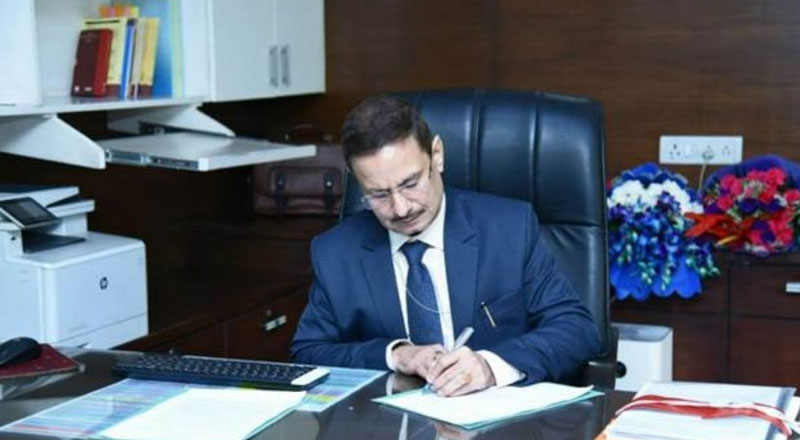A Long-Standing Challenge at the Roof of the World
The India-China border dispute — a complex, decades-old issue rooted in historical ambiguity — remains one of Asia’s most sensitive flashpoints. Stretching over 3,488 km across some of the world’s most treacherous terrain, the unresolved Line of Actual Control (LAC) has triggered military standoffs, most notably the 2020 Galwan Valley clash. As both Asian giants assert regional influence, the urgency for stable, structured border demarcation has never been greater.
Against this backdrop, India’s Defence Minister Rajnath Singh held critical bilateral talks with Chinese Defence Minister Admiral Dong Jun on the sidelines of the Shanghai Cooperation Organisation (SCO) Defence Ministers' meeting in Qingdao, China — signaling continued dialogue amid tension.
Reaffirming Peace and Stability at the Border
During the meeting, Singh reiterated India’s commitment to maintaining peace and tranquility along the LAC, while also urging China to reciprocate with sincerity. Acknowledging steps taken by both sides post-2020 to stabilize ties, he emphasized that lasting peace demands a clear and agreed border demarcation, not just tactical disengagement.
Singh called for the revitalization of bilateral mechanisms—such as the Working Mechanism for Consultation and Coordination (WMCC) and the Special Representatives dialogue— to build a roadmap toward a permanent resolution.
The Call for a Permanent Solution
India’s message was clear: while disengagement in flashpoint areas is welcome, it is not a substitute for comprehensive border delimitation. Singh advocated for a structured, sustained engagement on demarcation that could prevent future escalations and misunderstandings.
In the aftermath of the Galwan incident, trust remains fragile. Singh asserted that true normalization of ties hinges on stability at the border, and that forward movement must come with mutual clarity, transparency, and action on the ground.
Fostering Good Neighbourliness
Beyond military matters, Singh highlighted the strategic importance of good neighbourly relations between the world’s two most populous countries. He noted that cooperation, not confrontation, will yield benefits in areas such as trade, climate, and regional development.
The upcoming 75th anniversary of diplomatic relations in 2025 provides a symbolic opportunity for both nations to reset ties, Singh said. He also welcomed the resumption of the Kailash Manasarovar Yatra—a long-sought pilgrimage by Indian citizens—after a five-year gap, framing it as a step toward renewed people-to-people engagement.
Dialogue and Defence: Navigating Complex Realities
The ministers agreed to maintain high-level consultations through existing diplomatic and military channels, reaffirming a shared intent to pursue disengagement and de-escalation. Yet, the path forward remains uncertain, requiring political will and military restraint on both sides.
Security Beyond the Himalayas: Terrorism Briefing
Singh also briefed Admiral Dong on the recent terror attack in Pahalgam, Jammu & Kashmir, and India’s subsequent launch of Operation Sindoor to counter cross-border terrorism. While primarily a bilateral border discussion, the mention of regional terrorism subtly positioned India’s broader security concerns in front of China.
Conclusion: A Fragile Thaw, a Clear Message
While diplomatic engagement continues, India has sent an unambiguous message: border peace is non-negotiable for bilateral progress. The Qingdao meeting reflects cautious optimism, but also realism — that only a permanent border resolution can lay the foundation for a stable and prosperous future between Asia’s two giants. The road to clarity lies not in rhetoric, but in action — across negotiating tables and along the mountain ridges of the Himalayas.
(With agency inputs)






















